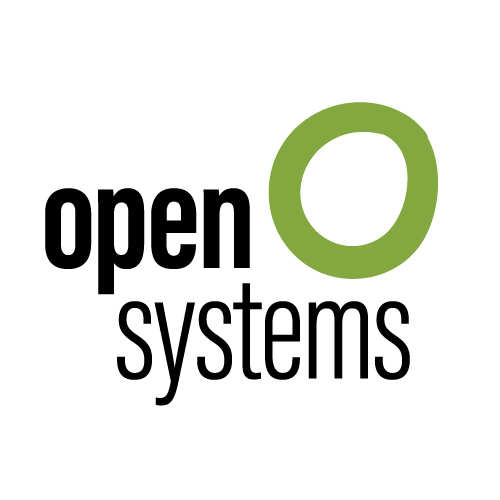
SD-WAN Security Services Get Integrated


It sometimes seems that enterprise security is a zero-sum game. Every time you add a tool or specialized application, new issues and problems emerge — sometimes faster than you can address them. But security doesn’t have to devolve into an impossible game of Whac-a-Mole. Managed cloud-delivered security services can help. Strategically framed and tactically applied, they can restore a sense of order.
Part of the problem with conventional security is that every point solution solves a specific problem, but a collection of point solutions creates a far bigger problem: gaps, new vulnerabilities, and overall complexity. A conventional approach might also lead to technical debt — an inability to stay current with rapidly evolving tools, applications, and solutions. The result is that many organizations fall further and further behind the security curve.
Fortunately, managed SD-WAN has matured and transformed into a holistic, security-integrated cloud-based framework that can address a network and all of its components. Gartner recently dubbed this type of integrated solution Secure Access Service Edge (SASE). This is important because today’s enterprise computing environments require a more sophisticated and streamlined approach to security.
The Clouds Roll In
A major advantage of SD-WANs is greater network flexibility. But clouds elevate the concept to a more complex level. Today, about half of all network traffic passes through clouds, and organizations that rank themselves as very successful users of WAN technology have upwards of 60 percent of traffic passing through a cloud versus about 39 percent for less successful networking organizations. Simply put, the ability to manage resources in a more flexible and comprehensive manner is nothing short of crucial. It’s a barometer for success.
The urgency of the situation shouldn’t escape business and IT leaders. When an enterprise can establish a central unified view — and protection framework — it fundamentally tips the equation toward better network performance and protection at a lower cost. This approach also boosts network availability and aids in integrating clouds.
A tightly integrated network security platform inspects traffic once and applies consistent policies across the board — and across clouds. This replaces the far more complicated task of applying enterprise policies as data crosses separate network borders, which often introduces security and compliance gaps. A more advanced approach to SD-WAN and network security ensures integrated security features at every layer — at the edge as well as in the cloud. All traffic must be inspected without latency, and security measures like next-generation firewalls, intrusion detection and anti-malware scanning should be supported and applied with consistent policies.
An integrated end-to-end network offers other advantages. It means that you don’t have to upgrade, patch, and rethink things constantly. On the other hand, a DIY approach often leads to inefficiencies, particularly in security. It means you have to maintain a center of expertise and have staff available at all times. At Open Systems, we have a Level 3 operations team that continually monitors and detects threats inside the SD-WAN. Not only does this approach aid in detecting threats, but it also allows specialists to remediate or contain them inside the network. This compliments AI-assisted automation that can detect more than 80 percent of networks problems without human involvement.
A Clear View
Costs are another consideration for organizations. The accumulation of security products doesn’t just ratchet up complexity; it hits the bottom line. We’ve found that, on average, organizations use 32 different security products. At large enterprises, we’ve seen as many as 400 different point solutions in place. Not surprisingly, this often results in higher than necessary licensing costs, repetitive and redundant tools, and added staff time and training expenses to manage things.
It’s not unusual for organizations to resist change — and modernization — because of the enormous time and energy required to adapt. But this too has consequences. OpEx costs often accelerate over time as technical debt and legacy technology accumulate. The challenge of interacting with numerous vendors, each with proprietary tools and methods, can prove daunting.
A secure platform that delivers SD-WAN, SOC, and cloud security as a service offers a simpler, more holistic, and more secure way to approach enterprise security. It ultimately makes it easier to scale resources, provide greater flexibility, broaden coverage, consolidate visibility, and deliver a framework that makes it simpler to enforce policies and identify non-compliant assets. It can cut costs and deliver the newest and best tools and technologies. No less important: Managed networking and security can aid organizations as they adopt emerging tech, such as AI, IoT, and SaaS solutions.
A more advanced networking infrastructure simplifies and improves IT and business operations. It promotes flexibility and agility, so that your enterprise can rapidly adapt the network to the speed of business. In the end, it allows organizations to focus on what matters most: business growth and digital transformation.
For more information about the advantages of a cloud-based SD-WAN and the security protections it can deliver, read our free eBook, The Definitive Guide to SD-WAN.
Leave Complexity
Behind
To learn how Open Systems SASE Experience can benefit your organization, talk to a specialist today.
Contact Us



